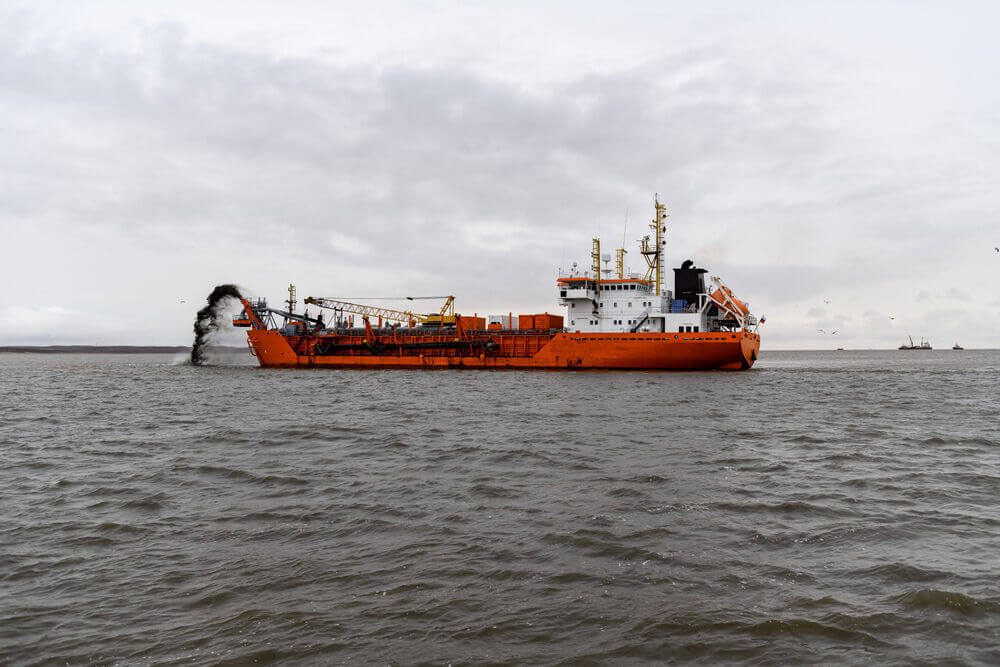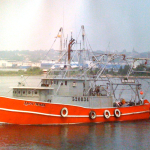STONE HARBOR – Stone Harbor will get sand on its beaches. That was the main message that the governing body and the public heard at the Borough Council meeting July 19.
The municipality’s coastal consultant, Douglas Gaffney, reported on a meeting involving borough officials and representatives of the U.S. Army Corps of Engineers and the New Jersey Department of Environmental Protection. A conflict over a U.S. Fish and Wildlife ban on mining sand from Hereford Inlet left Stone Harbor without new sand at the time of the last federal replenishment in 2019.
According to Gaffney, the project will probably follow standard cost-sharing arrangements, with the federal government covering 65% of the total costs and the state with the involved municipalities ponying up the remaining 35%.
Nothing is final until a cost-sharing agreement with the municipalities is completed, but the usual arrangement for the non-federal share has the state picking up 75% of the remaining expense, which would amount to 26% of the total. That would leave about 9% of the total cost to be divided between the two impacted municipalities on Seven Mile Island, Avalon and Stone Harbor.
Gaffney said the municipal share of the costs could be around $2.5 million but the exact amount and how it will be shared between Avalon and Stone Harbor awaits the bid process.
Much will depend on how much sand each municipality gets. He also noted that with the ban on Hereford Inlet sand still in place, Stone Harbor will have to be replenished through the use of a booster pump to push sand south through long pipes from Townsend’s Inlet. The added cost associated with such an arrangement would most probably be assigned to Stone Harbor only.
One factor impacting the cost is the steep rise in expense for one cubic yard of sand. The hydraulic fill for beaches is vulnerable to the inflation in fuel prices.
Gaffney said that, as of his presentation at the meeting, the cost of a cubic yard of sand had risen to $41, about double what it was pre-inflation.
Stone Harbor’s beaches may also need more sand than Avalon’s. Gaffney predicted that Stone Harbor would require as much as two-thirds of the sand mined for the project.
Early estimates have most of the sand that comes to Stone Harbor going to beaches south of 100th Street. Here is where the coastal engineer speculated that he might suggest that the borough ask to have some of the sand placed further north so that natural wave action would move sand south to the erosion hot spots over time.
Gaffney also indicated that the Army Corps will be looking at potential alternative borrow areas within a 3-mile limit off the borough’s shoreline. He said everyone was sensitive to the on-again, off-again nature of the Fish and Wildlife ban on Hereford Inlet, making the inlet a place the Army Corps cannot rely on as a source for future replenishment. No one wants to continue to move sand from Townsend’s Inlet in future hydraulic fills.
It was good news for the borough, even if the full cost parameters are not yet known. Gaffney indicated the project could commence as early as December, although project duration will depend on bid results.
To contact Vince Conti, email vconti@cmcherald.com.








